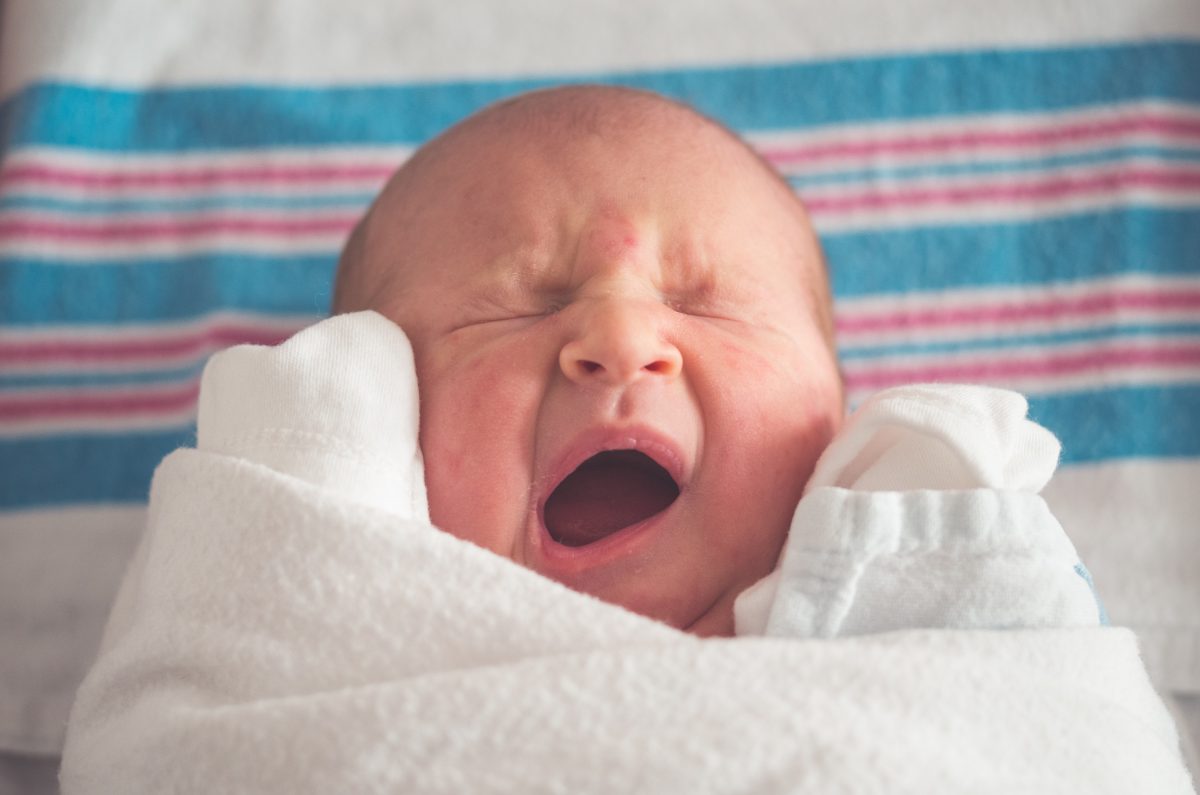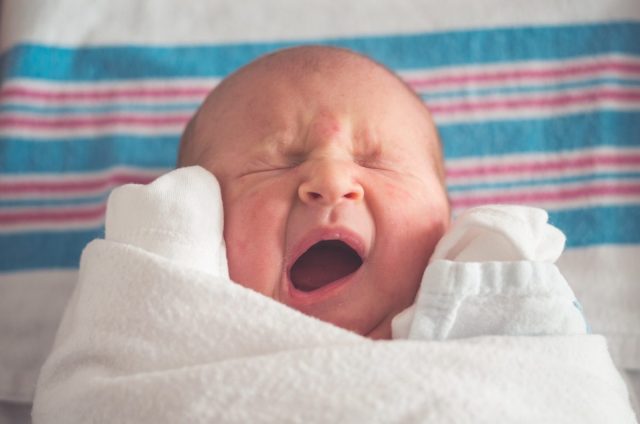Have you ever wondered how a baby’s brain works in the first few days of life? Within hours of birth, a baby’s gaze is drawn to faces. Now a new study shows that the brains of babies as young as six days old appear to be hardwired for the specialized tasks of seeing faces and places.

The Proceedings of the National Academy of Sciences (PNAS) published the findings of psychologists at Emory University. Their work provides the earliest peek yet into the visual cortex of newborns, using harmless functional magnetic resonance imaging (fMRI).
“We’re investigating a fundamental question of where knowledge comes from by homing in on ‘nature versus nature,'” says Daniel Dilks, associate professor of psychology, and senior author of the study. “What do we come into the world with and what do we gain by experience?”
“We’ve shown that a baby’s brain is more adult-like than many people might assume,” adds Frederik Kamps, who led the study as a PhD candidate at Emory. “Much of the scaffolding for the human visual cortex is already in place, along with the patterns of brain activity, although the patterns are not as strong compared to those of adults.”
By understanding how a baby’s brain is organized may help answer questions when something goes wrong. Dilks says. “For example, if the face network in a newborn’s visual cortex was not well-connected, that might be a biomarker for disorders associated with an aversion to eye contact. By diagnosing the problem earlier, we could intervene earlier and take advantage of the incredible malleability of the infant brain.”
In previous studies, scientists have found that the visual cortex in adults is made up of two regions that work together to process faces along with another two that work to process places. More recent studies have shown that the visual cortex in children is differentiated into these face and place networks by as yound as four-months-old.
In this recent study, 30 infants, ranging in age from six days to 57 days, participated in the experiments while asleep. “We needed to get closer to the date of birth in order to better understand if we are born with this differentiation in our brains or if it’s molded by experience,” Dilks says.
“Getting fMRI data from a newborn is a new frontier in neuroimaging,” Kamps says. “The scanner is like a giant camera and you need the participant’s head to be still in order to get high quality images. A baby that is asleep is a baby that’s willing to lie still.” During scanning, the subjects were wrapped in an inflatable “super swaddler,” a papoose-like device that serves as a stabilizer while also making the baby feel secure.
To serve as controls, 24 adults were scanned in a resting state, awake but not stimulated by anything in particular. The scanner captured intrinsic fluctuations of the brain for both the infants and adults.
The results showed the two regions of the visual cortex associated with face processing fired in sync in the infants, as did the two networks associated with places. The infant patterns were similar to those of the adult participants, although not quite as strong. “That finding suggests that there is room for these networks to keep getting fine-tuned as infants mature into adulthood,” Kamps says.
“We can see that the face networks and the place networks of the brain are hooked up and talking to each other within days of birth,” Dilks says. “They are essentially awaiting the relevant information. The next questions to ask are how and when these two functions become fully developed.”
—Jennifer Swartvagher
Featured photo: Tim Bish on Unsplash
RELATED STORIES
This Study Shows the Stress Working Parents Face Could Actually Cost Them Their Jobs
New Study Reveals How Praise Affects Students’ Behavior
New Study Finds the Brains of Babies & Adults Sync Up During Play-Time











